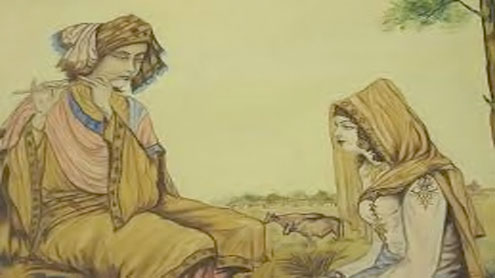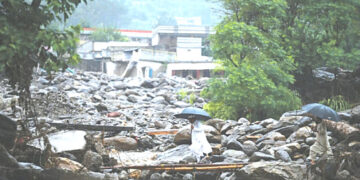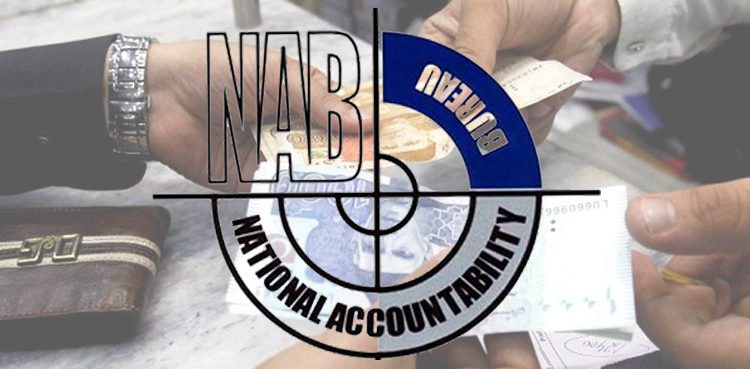 ISLAMABAD: The popular romantic folk tale of “Heer Ranjha” was beautifully visualised here at Lok Virsa Heritage Museum to project folk romances of the country in its true form.The museum had also displayed some other folk tales by creating sculptures of the characters and other items to fill up the atmosphere but Heer Ranjha is the latest edition and is most popular among the folk culture.
ISLAMABAD: The popular romantic folk tale of “Heer Ranjha” was beautifully visualised here at Lok Virsa Heritage Museum to project folk romances of the country in its true form.The museum had also displayed some other folk tales by creating sculptures of the characters and other items to fill up the atmosphere but Heer Ranjha is the latest edition and is most popular among the folk culture.
“Lok Virsa is a storehouse of folk literature carrying the collection of tales passed from generation-to-generation and from the old to the young,” said Lok Virsa Executive Director Khalid Javaid.Folk literature is believed to be people’s effort to organize their experiences into meaningful patterns. It includes fairy tales, myths, legends, fables and other oral traditions of preliterate societies, he added. Folk romances are actually the product of generations. The story in a folk romance revolves around its primary characters, i.e. a hero or heroine, while all other characters constitute the secondary position, he said.One can see here Ranjha playing flute under a tree and Heer sitting besides him busy listening to the sweet sound of music, both wearing beautiful costumes in bright colors. Heer is carrying a traditional hand fan (punkhi). A pot (chati) containing lassi is also seen with bread that has brought by Heer for Ranjha.
The display has been named as “Hall of Ballads and Romances”. The other love stories that have been selected for display include Dhola Maru from Sindh, Haani Shah Mureed from Balochistan and Adam Khan Dhurkhaney from Khyber Pakhtunkhwa.Background of this tragic folk tale is that Ranja, an idealistic young man from Punjab sets off from home to meet and win the heart of the famed beauty, Heer.Heer hears him play his flute, and falls in love with the music. However, her family wishes to get her married to someone else. Ranjha becomes a hermit. When at last, Heer’s father grants him permission, Heer’s brother and her jealous uncle conspire to keep Heer and Ranjha apart. They give Heer a drink laced with poison. Two days later, as Ranjha arrives with his wedding procession, he hears of her death and takes his own life by her grave.The visitors to the Heritage Museum have greatly appreciated the initiative of Lok Virsa to present folk tales in such a professional and creative manner and providing them with opportunity to get glimpses of their cultural heritage. Javaid informed that in connection with its on-going efforts to improve and expand the existing cultural displays at the Pakistan National Museum of Ethnology (Heritage Museum), Lok Virsa has re-designed the 3-dimensional creative diorama projecting the famous love story “Heer Ranja” from Punjab province.This has been done under joint institutional cooperation between Pakistan and Norway, he added. Acknowledging contribution of the donors, ED Lok Virsa said “Norway has been very instrumental in helping Lok Virsa for documenting, preserving and disseminating various components of Pakistan’s tangible and intangible cultural heritage”. – Dailytimes












